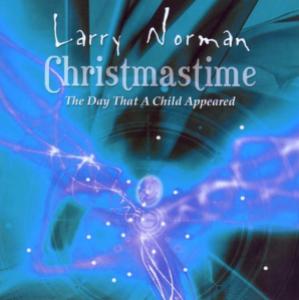I’ve written before about the idea of how each of our lives represents a span of time that we called a Lifetime or Lifespan. In one sense, each of us live within a particular time because we have particular memories and particular visions. We move in time between memory and vision. This particular movement between memory and vision unfolds in our language, our responses, our actions in the world around us.
If I remember being bit by dogs in the past and I expect that encounters with dogs in the future could result in being bit, then I will have specific responses to the dog in front of me right now that will be different from someone with a differnt timespan of memory and vision in relation to dogs.
But our lifetime is not determined in this sense because surprises can happen. One friend told me that she had a fear of dogs her whole life. While visiting family, she was sitting a bed when the family dog slipped and started to fall from the bed. She instantly responded by catching the dog to break the fall. This act changed her response to dogs. In a single action, she changed and became someone else.
We live within one time, but some-times we can step out of time and change, entering a new time (new memory and vision).
With that said, I do think that there are patterns common to all lifetimes (or most lifetimes). James Jordan suggests that we move in patterns between faith, hope and love. This is a pattern that also appears in Scripture as the movement between Priest, King and Prophet. While I will touch of some of his ideas in the posts about this theme, I will not attempt to develop his idea completely, but will explore some aspects. If you want to see his full thoughts, read From Bread to Wine (see the catalog on Biblical Horizons).
Now to consider patterns think of childhood. There are phases of dependence and trust, growth and exploration, and times of expressing self and defining relation. These phases may not be as clear cut as I lay out here but they do happen and there is a bit of repitition at different ages.
The newborn is totally dependent for clothing, food, care and so on. This is a phase of absolute dependence; an initial phase of trust or faith. While a child is dependent through adulthood, there are some points of particular dependence such as when their first born. Another time of intense dependence is when they first do away to school.
They leave home and now must trust a figure outside the home to function as a surrogate parent. Just of their dependence on the parent helped shaped their identity, this dependence on the surrogate (such as Kindergarten teacher) will also impact their identity. Rules of the classroom and rules in grammar, math and so on become foundational for them to make sense of this new world.
Newborns grow into a toddler phase characterized by growth and exploration. They discover their fingers and toes. They move from sitting/rocking to crawling to walking. They grow from making noises to forming initial words. Some early development is taking place in their body and mind. They are learning and a very early form of reasoning is displayed.
This season of growth and exploration will happen again around 9-14. This is when they shift from being a boy to being a young man and from a girl to a young lady. They become aware of differences and constrasts between family, the sexes, the neighbors and us, the kids at school and our family. Using their developing reasoning skills, they are more willing to argue with other kids (and with parents).
Another phase can be seen in the 3-4 year old as they tell mommy again and again how much they love her. They may become clingy to one or both parents. They start asking “why” hundreds of times a day (which prepares them for the rules phase).
When a child moves into teenage years, the “why” question becomes more pronounced. Their asking harder questions and getting ready to do more reasoning, but their also extremely emotional. They may begin flirt with the opposite sex. They move between highs and lows with sudden emotional outburts. They’ve experienced similar passions at a younger age but these were directed to parents. Now their emotions are directed outwards to friends and potential loves (as well as enemies).
While the phases may not be so clear cut, there repeated seasons where children are totally dependent, form identities in relation to authority figures (and eventually in relation to peers), experience dramatic growth and development, ask questions, shift from thinking to feeling, learn new rules, apply old rules in new ways, break rules. And so on.
The child is growing and repeating patterns again and again–developing their lifetime (memory and vision) which will shape their ongoing formation in adult years. At the same time, there are always possiblities along the way for dramatic invasions from outside their memory and vision that will shape their lifetime for both good and bad.
These pattern of rules, relationships, reason, emotions, growth and so on occur over and over throughout our lives. So in one sense, our lifetime is similar to the circular motion on a clock. Repeating hour after hour. At the same time, unexpected events can alter the cycle or challenge us to step outside one cycle and enter a new rhthym. An retired widower may suddenly decide to learn the the blues and travel around the world.
We are free to change within our lifetime. This freedom to step out of one cycle and into another is part of what makes us human. And yet, even as we step between cycles, we will still face internal and external periods focused on identity, relationships, rules, growth, questioning, stories, and so on.
